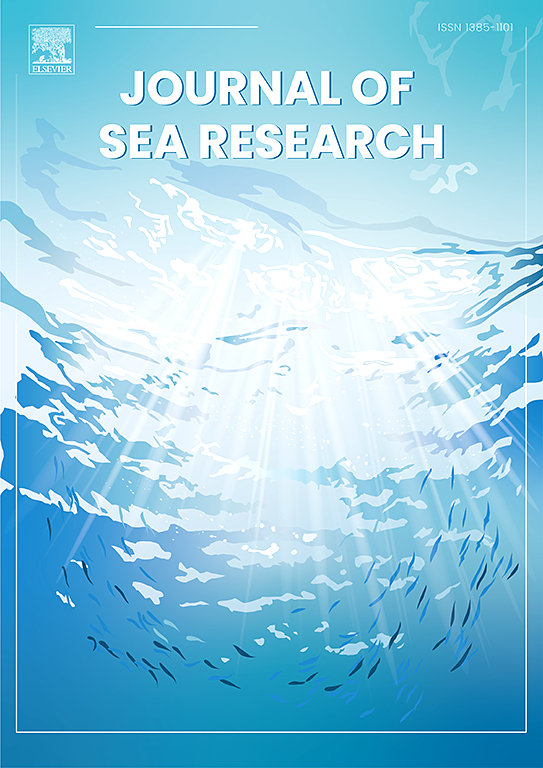Abnormal high water temperature prediction in nearshore waters around the Korean Peninsula using ECMWF ERA5 data and a deep learning model
IF 2.9
4区 地球科学
Q2 MARINE & FRESHWATER BIOLOGY
引用次数: 0
Abstract
The abnormally high-water temperature (AHWT) phenomena have caused the mass stranding of farmed fish in the Korean coastal waters, leading to a substantial monetary loss in recent decades. It is most important to predict the HWT occurrence and take responsive measures before the HWT arrival to prevent such loss, we proposed a methodology to predict HWT occurrences using a deep-learning technology. Firstly, we trained a long short-term memory (LSTM) deep-learning model using the sea surface temperature data from the European Centre for Medium-Range Weather Forecasts (ECMWF) ERA5 product to estimate future water temperature in advance. Secondly, we used the estimated water temperature data to predict HWT occurrences from 1 day to 7 days later. We computed root mean square error (RMSE), mean absolute percentage error (MAPE) metrics, and F1-scores to evaluate the accuracy of the proposed LSTM model. In the cases of 1-day and 7-day water temperature predictions, RMSE and MAPE values between the estimated data and the sea-truth data were 0.293 degrees Celsius with 1.313 % and 0.854 degrees Celsius with 4.175 %, respectively. The F1-scores of the classification algorithm of 1- and 7-day HWT predictions were 0.96 and 0.74, respectively. This study contributes to developing measures to reduce the monetary loss of HWT damage on fish farms.
利用 ECMWF ERA5 数据和深度学习模型预测朝鲜半岛近岸水域的异常高温
近几十年来,异常高水温(AHWT)现象导致韩国近海养殖鱼类大量搁浅,造成了巨大的经济损失。因此,我们提出了一种利用深度学习技术预测 HWT 发生的方法。首先,我们利用欧洲中期天气预报中心(ECMWF)ERA5 产品中的海面温度数据训练了一个长短期记忆(LSTM)深度学习模型,以提前估计未来的水温。其次,我们利用估计的水温数据预测 1 天至 7 天后的 HWT 发生率。我们计算了均方根误差 (RMSE)、平均绝对百分比误差 (MAPE) 指标和 F1 分数,以评估所提出的 LSTM 模型的准确性。在 1 天和 7 天水温预测中,估计数据与海洋真相数据之间的 RMSE 和 MAPE 值分别为 0.293 摄氏度(1.313%)和 0.854 摄氏度(4.175%)。对 1 天和 7 天 HWT 预测的分类算法 F1 分数分别为 0.96 和 0.74。这项研究有助于制定措施,减少养鱼场因高温热害造成的经济损失。
本文章由计算机程序翻译,如有差异,请以英文原文为准。
求助全文
约1分钟内获得全文
求助全文
来源期刊

Journal of Sea Research
地学-海洋学
CiteScore
3.20
自引率
5.00%
发文量
86
审稿时长
6-12 weeks
期刊介绍:
The Journal of Sea Research is an international and multidisciplinary periodical on marine research, with an emphasis on the functioning of marine ecosystems in coastal and shelf seas, including intertidal, estuarine and brackish environments. As several subdisciplines add to this aim, manuscripts are welcome from the fields of marine biology, marine chemistry, marine sedimentology and physical oceanography, provided they add to the understanding of ecosystem processes.
 求助内容:
求助内容: 应助结果提醒方式:
应助结果提醒方式:


